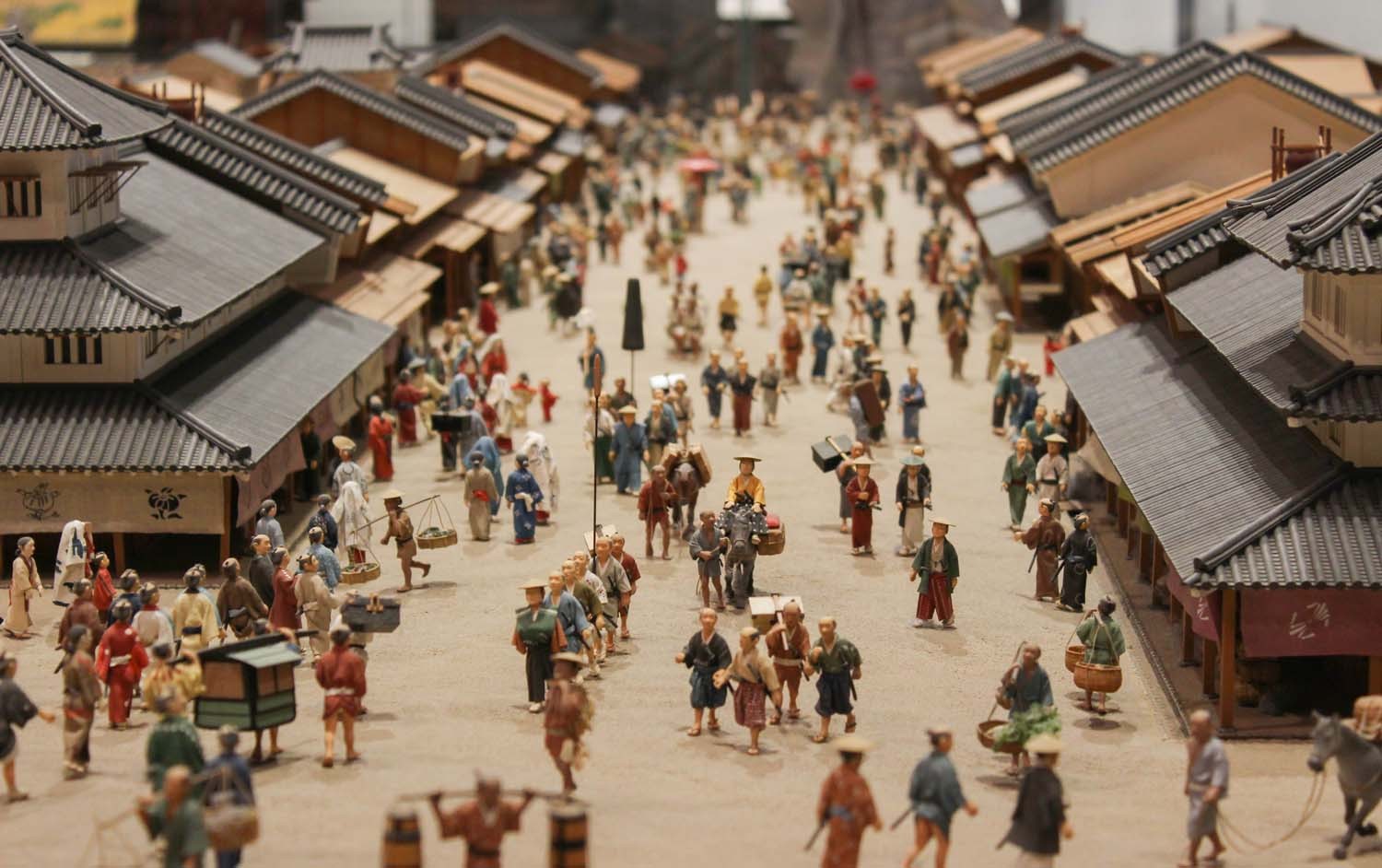
Japan's history is full of rich culture and dramatic changes. From the imperial court culture of the Heian period to the turbulent Warring States period and the peace and prosperity of the Edo period, each era has shaped the Japan we know today. This article provides an easy-to-follow overview of Japan's historical timeline. Take a journey through time and discover the stories that connect Japan's past and present.
*By purchasing or reserving products introduced in this article, a portion of the sales may be returned to FUN! JAPAN.
List of Japanese Historical Periods
| Year (AD) | Period Name | Historical Category |
| Approximately 100,000 years ago – Approximately 10,000 years ago | Paleolithic Period | Prehistoric Period |
| Approximately 10,000 years ago – 4th century BC | Jomon Period | Prehistoric Period |
| 3rd century BC – 3rd century AD | Yayoi Period | Prehistoric Period |
| Late 3rd century – 6th century | Kofun Period | Ancient Period |
| 6th century – 710 | Asuka Period | Ancient Period |
| 710 – 794 | Nara Period | Ancient Period |
| 794 – 1185 | Heian Period | Ancient Period |
| 1192 – 1333 | Kamakura Period | Medieval Period |
| 1336 – 1573 | Muromachi Period Nanboku-cho Period (1336 – 1392) Sengoku Period (1467 – 1573) | Medieval Period |
| 1573 – 1603 | Azuchi-Momoyama Period | Medieval Period |
| 1603 – 1868 | Edo Period | Early Modern Period |
| 1868 – 1912 | Meiji Period | Modern/Contemporary Period |
| 1912 – 1926 | Taisho Period | Modern/Contemporary Period |
| 1926 – 1989 | Showa Period | Modern/Contemporary Period |
| 1989 – 2019 | Heisei Period | Modern/Contemporary Period |
| 2019 – Present | Reiwa Period | Modern/Contemporary Period |
Prehistoric Period
Paleolithic Period (Approximately 100,000 years ago – Approximately 10,000 years ago)
The history of Japan begins with the Paleolithic period when humans first set foot on this land. Tens of thousands of years ago, people migrated from the continent to the Japanese archipelago. The Paleolithic period marks the era when humans began creating and using tools for the first time. "Chipped stone tools," made by breaking stones, were used during this time, and people lived by hunting and gathering.
Jomon Period (Approximately 10,000 years ago – 4th century BC)
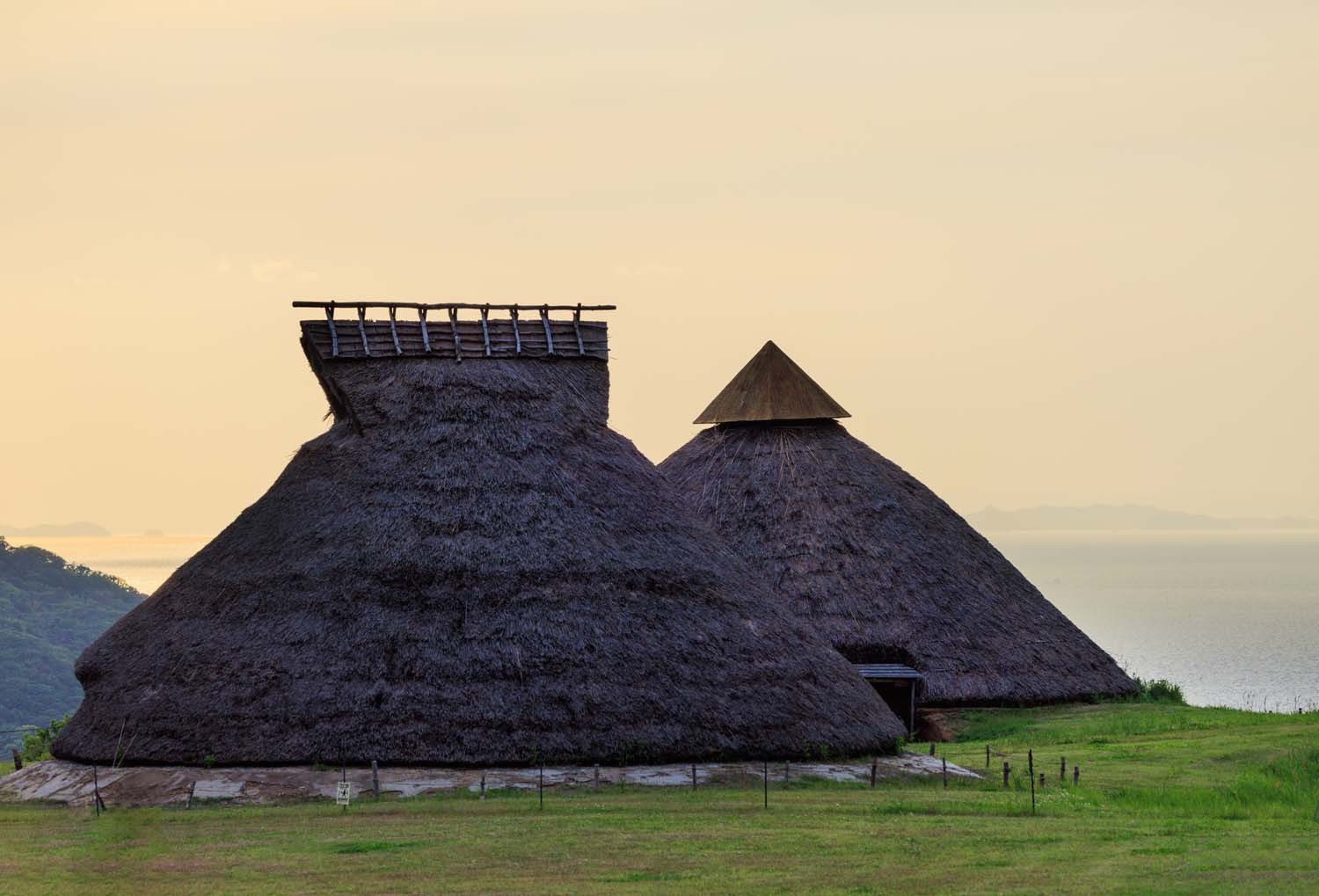
The Jomon period represents the first cultural era of the Japanese archipelago, and its name derives from the "Jomon pottery" used during this time. People used pottery to store food and polished stone tools, known as "ground stone tools," for hunting. As sedentary lifestyles developed, "pit dwellings" were built, marking the beginning of more permanent settlements.
Yayoi Period (3rd century BC – 3rd century AD)
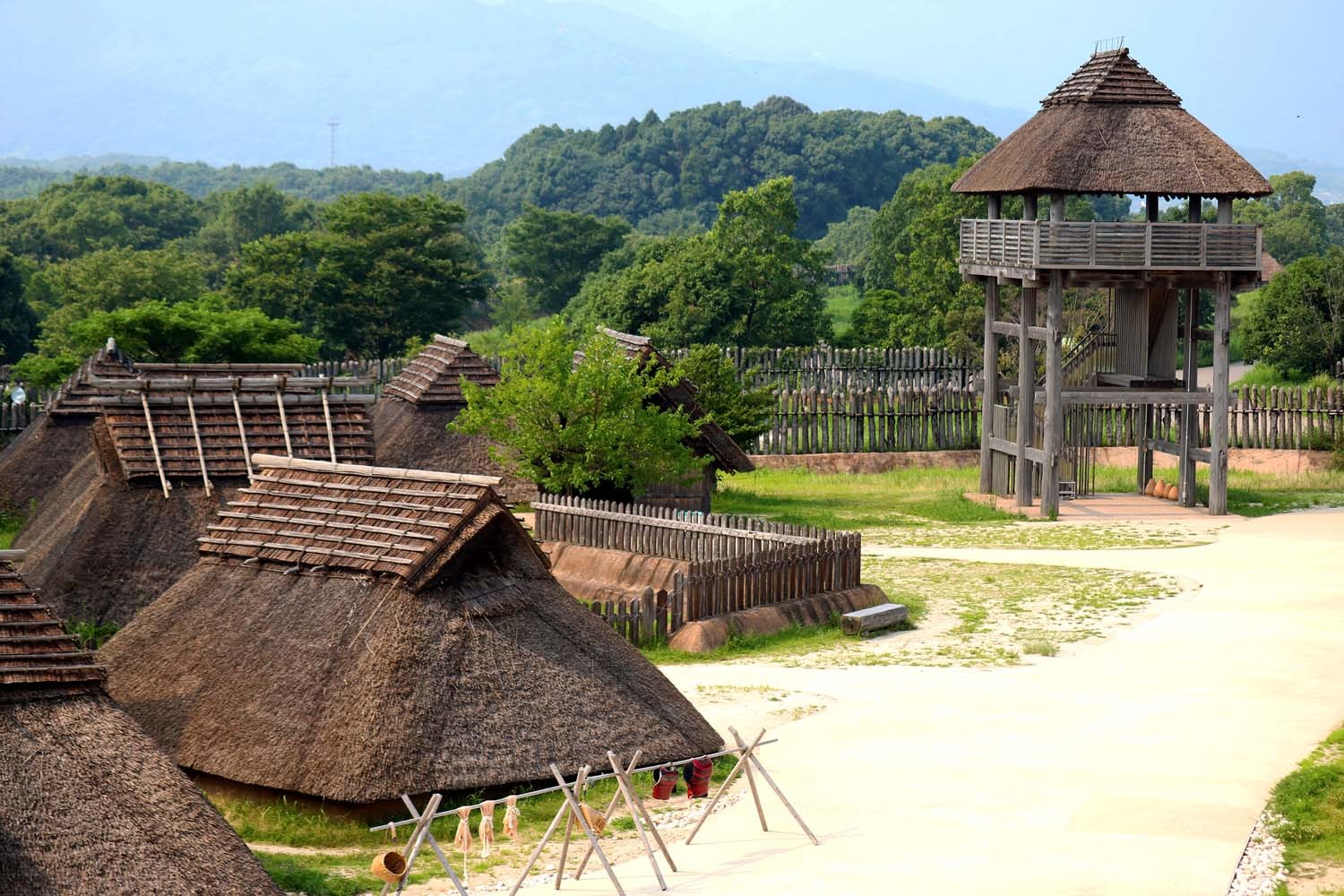
The Yayoi period saw the formation of an agricultural society driven by the spread of rice cultivation. Rice farming techniques introduced from the continent spread throughout the Japanese archipelago, making paddy-field rice farming the primary agricultural practice. This period also saw the widespread use of metal tools and Yayoi pottery, which significantly improved the efficiency of daily life and production.
Ancient Japan
Kofun Period (Late 3rd century – 6th century)
This period is named after the construction of "kofun" (ancient burial mounds) across Japan. While daily life did not differ significantly from the Yayoi period, the 5th century brought increased interaction with the Korean Peninsula. Various goods and technologies were introduced to Japan during this time, including the "kamado" (stove) and "koshiki" (steaming pot). These innovations popularized steamed dishes made with glutinous rice.
Asuka Period (6th century – 710)
The name "Asuka period" comes from the Asuka region in present-day Nara Prefecture, where palaces and capitals were established. This era marks the beginning of Buddhism in Japan, introduced from China and the Korean Peninsula. During the reign of Empress Suiko, centered in Yamato (modern-day Nara Prefecture), Buddhism played a significant role in society. Large temples were constructed, and the flourishing of Buddhist culture laid the foundation for later Japanese culture.
Nara Period (710 – 794)
The Nara period began with the establishment of Heijo-kyo, the capital in present-day Nara Prefecture. During this time, the imperial court strengthened its governance by promoting Buddhism. Emperor Shomu implemented policies to build provincial temples and nunneries, including the construction of Todai-ji Temple, a symbol of Nara that remains famous worldwide. Buddhist and Confucian ideologies spread widely, fostering significant cultural and literary development. Scholars from East Asia brought new knowledge, while Japan's oldest historical texts, "Kojiki" and "Nihon Shoki," were compiled during this period.
[kkday]👉 Nara Todaiji Temple 2-hour guided tour
Heian Period (794–1185)
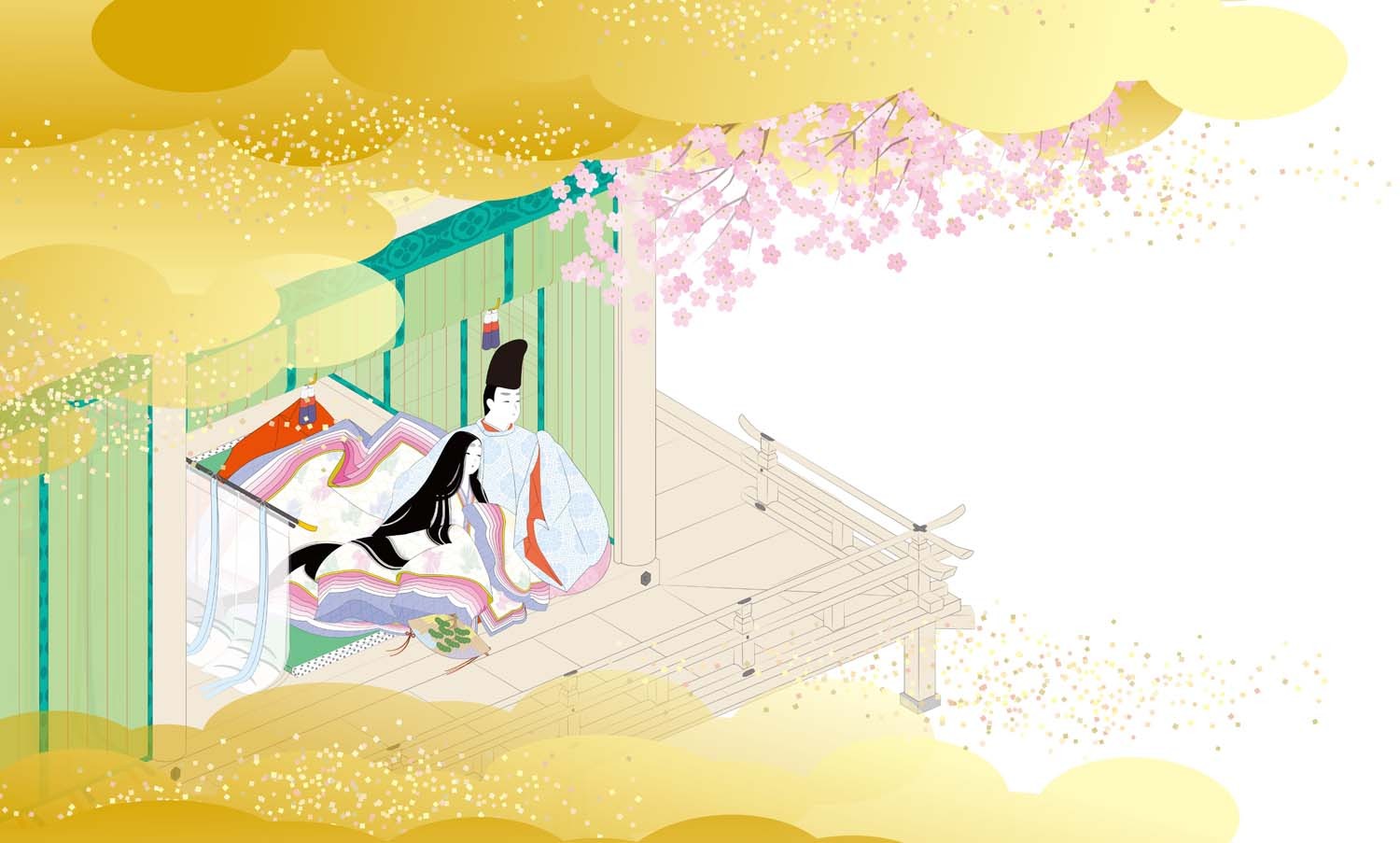
The Heian period began in 794 when the capital was moved to Heian-kyo, now known as Kyoto Prefecture. This era saw significant changes in Japan's political and cultural landscapes.
The Ritsuryo system, which had centralized power around the emperor, began to decline as the expansion of private estates (shoen) led to a decentralization of power to the regions. This shift initiated a transition of authority from the emperor to the nobility, and eventually to the samurai class.
Buddhism reached its zenith during this period with the establishment of the Tendai and Shingon sects. Culturally, the widespread use of kana scripts spurred the development of uniquely Japanese literature. Masterpieces such as The Tale of Genji and The Kokin Wakashu were created during this time, forming the foundation of Japanese literary tradition.
Medieval Japan
Kamakura Period (1192–1333)
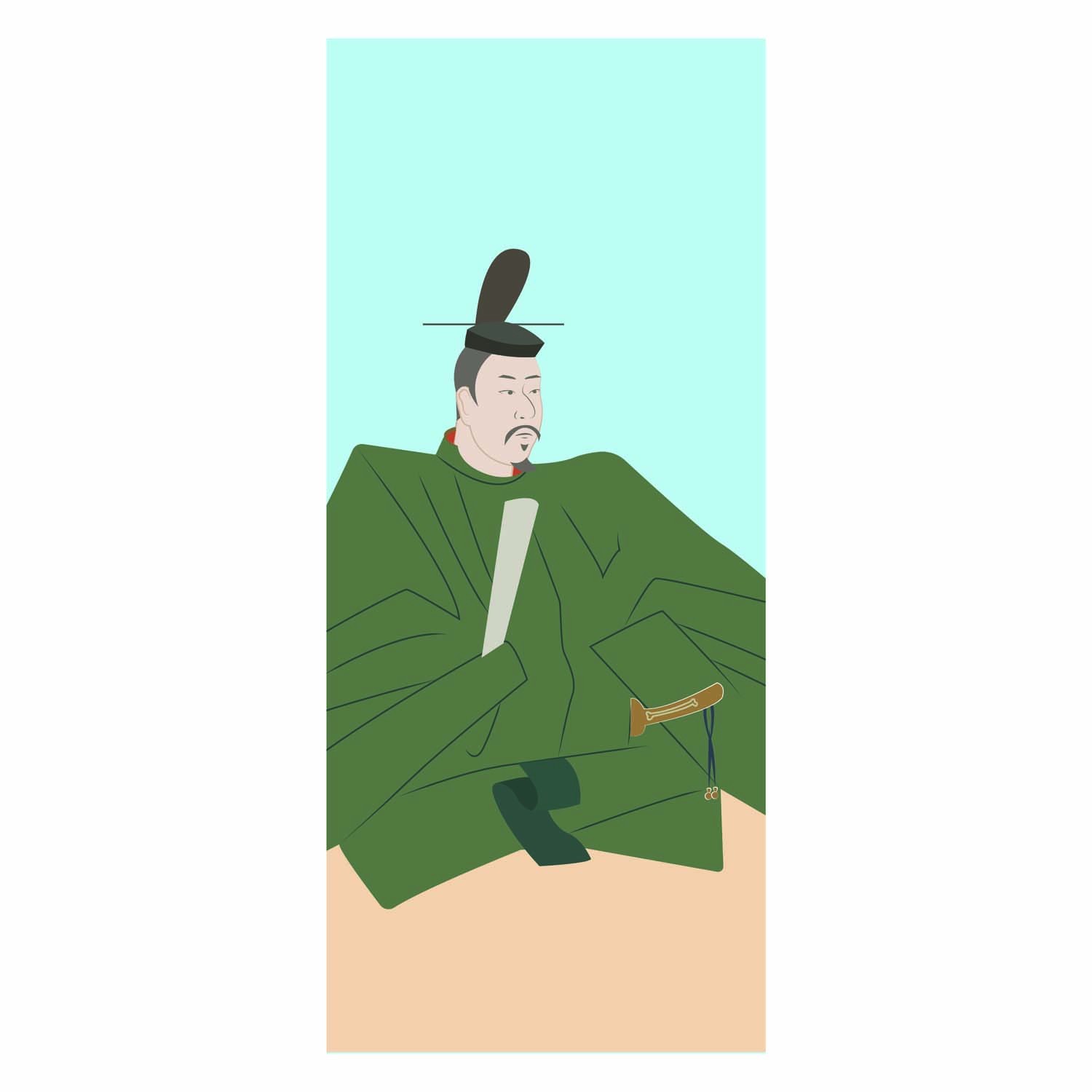
The Kamakura period began when Minamoto no Yoritomo established the Kamakura shogunate, the first samurai-led government, in Kamakura, present-day Kanagawa Prefecture. For the first time, governance shifted from the Kyoto imperial court to a new political structure led by samurai.
After Yoritomo's death, the Hojo clan took control as shikken (regents), overseeing the administration of the shogunate. However, as the Hojo clan's dominance grew, dissatisfaction spread across the country, destabilizing their rule.
Following the Mongol invasions (known as the "Genko") and the shogunate's inability to reward samurai for their efforts, discontent among the gokenin (vassals) increased. While the Hojo clan's power rose, frustration among samurai boiled over, leading to rebellions by groups known as "akuto" (outlaws). Eventually, Emperor Go-Daigo spearheaded a movement to overthrow the shogunate, initiating its downfall.
[kkday]👉 Kamakura Shogunate Ruins Tour
Muromachi Period (Nanboku-cho and Sengoku Periods) (1336–1573)

The Nanboku-cho period was marked by a divided Japan, with two rival imperial courts—Southern and Northern—each claiming legitimacy. This era of division ended in 1392 when Ashikaga Yoshimitsu, the third shogun of the Muromachi shogunate, unified the courts.
Despite this, struggles for power continued throughout the Muromachi period, compounded by frequent natural disasters and famines. One of the era's turning points was the Onin War (1467–1477), which plunged Japan into the chaotic Sengoku period (Warring States period).
During the Sengoku period, the authority of the shogunate weakened, and local warlords (daimyo) gained power. The rise of "gekokujo" (lower classes overthrowing the higher) led to significant social upheaval. Daimyo established castle towns, enacted provincial laws (bunkokuho), and spurred economic and industrial development within their domains.
Azuchi-Momoyama Period (1573–1603)

The Azuchi-Momoyama period served as a transitional phase from the Sengoku period to the Edo period. Among the warring daimyos, Oda Nobunaga emerged as a central figure in the unification of Japan. However, his life was cut short during the Incident at Honno-ji. His successor, Toyotomi Hideyoshi, completed the unification of the country.
During this period, advancements in architectural techniques flourished, as evidenced by the construction of castles. These structures featured innovative designs incorporating stone walls, moats, towers, and keeps, showcasing significant technological progress in fortification and aesthetics.
Early Modern Japan
Edo Period (1603–1868)
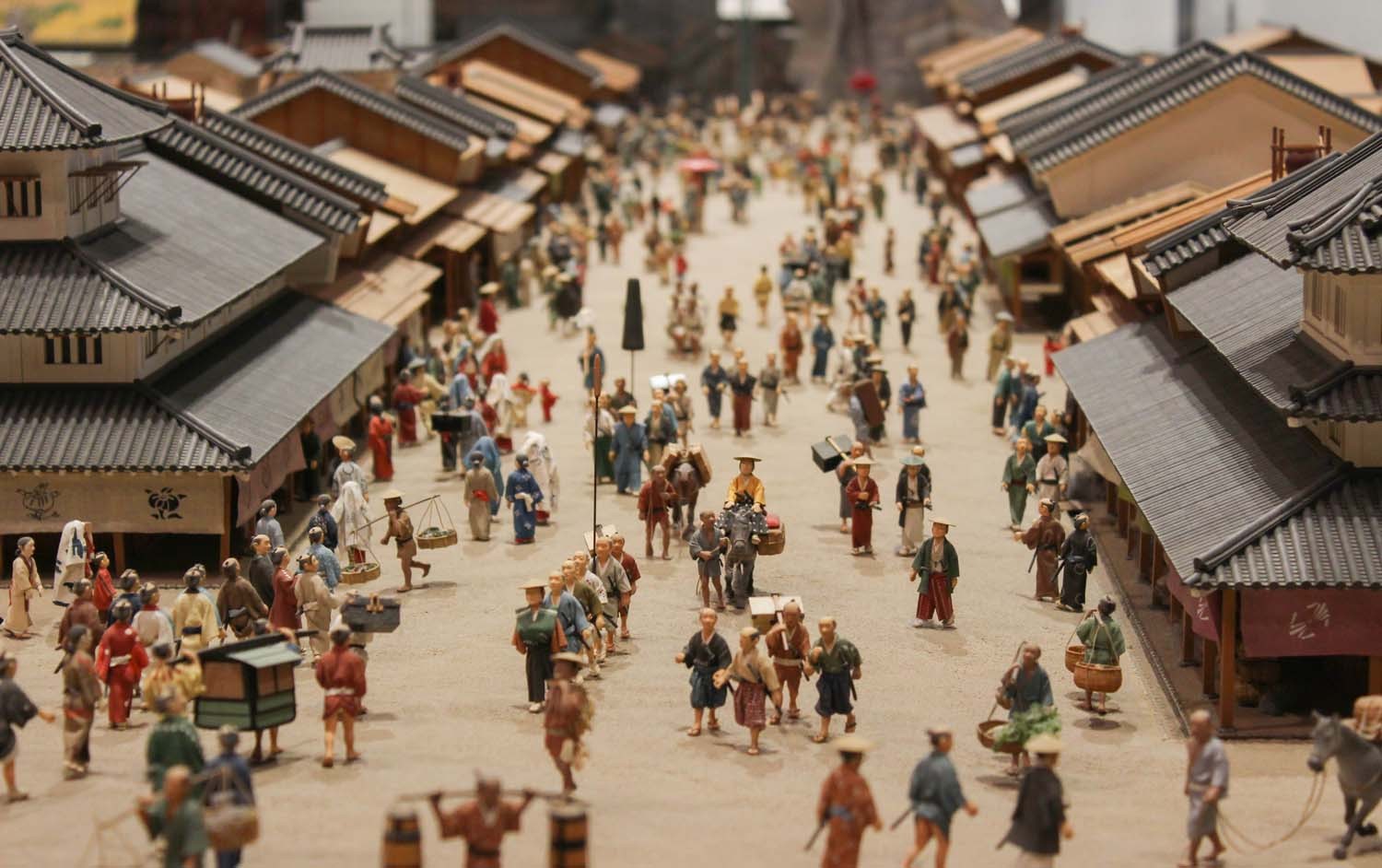
The Edo period lasted 265 years, beginning in 1603 when Tokugawa Ieyasu established the Tokugawa shogunate in Edo (modern-day Tokyo). Ieyasu implemented systems like the "sankin-kotai" (alternate attendance system) and the "Buke Shohatto" (laws for samurai families) to strengthen the shogunate's power and limit the economic and political influence of the daimyo (feudal lords). During this time, the economy flourished, and a culture centered around commoners thrived. Kabuki, Bunraku, geisha, and other forms of popular entertainment emerged, along with haiku poetry by Matsuo Basho and the vibrant art of ukiyo-e woodblock prints.
To prevent the spread of Christianity, the shogunate enacted a policy of national seclusion (sakoku). However, this isolation ended with the arrival of U.S. Navy Commodore Matthew Perry, who forced Japan to open its ports. Growing dissatisfaction with the shogunate's weakness led to the "sonno-joi" movement (revere the emperor, expel the barbarians), culminating in the "Taisei Hokan" (return of political power to the emperor) and the end of the Tokugawa shogunate.
[kkday] 👉 [Chartered / Superb Small Group] Time slip to the Edo period / Inuyama Castle / Tsumagoro Basket
Modern and Contemporary Japan
Meiji Period (1868–1912)
The Meiji period marked Japan's transformation from a feudal society to a modern nation-state. In 1868, the new government was formed under Emperor Meiji, and the capital was moved from Kyoto to Tokyo. Reforms such as the "Abolition of the Han System and Establishment of Prefectures" centralized governance, replacing the feudal domains with prefectures.
Under the banner of "Civilization and Enlightenment," Japan eagerly adopted Western institutions, culture, and technology. Railroads and postal services were introduced, schools were established, and Western clothing and architecture became widespread, signaling a broader societal modernization.
[kkday] 👉 Museum Meiji-mura Entrance Ticket|Electronic Ticket (Inuyama City, Aichi Prefecture)
[kkday]👉 Osaka Municipal Museum of Housing "Osaka Living Present and Past"|Advance Admission Ticket
Taisho Period (1912–1926)
The Taisho period continued the modernization of Japan and saw significant strides in democracy and cultural development. After World War I, Japan's economy boomed, and urbanization accelerated.
Culturally, Western influences shaped new trends and lifestyles, and arts and literature flourished. Cinema, music, and modern fashion gained popularity among the public. This era, known for its unique charm, is often referred to as "Taisho Romanticism."
Showa Period (1926–1989)
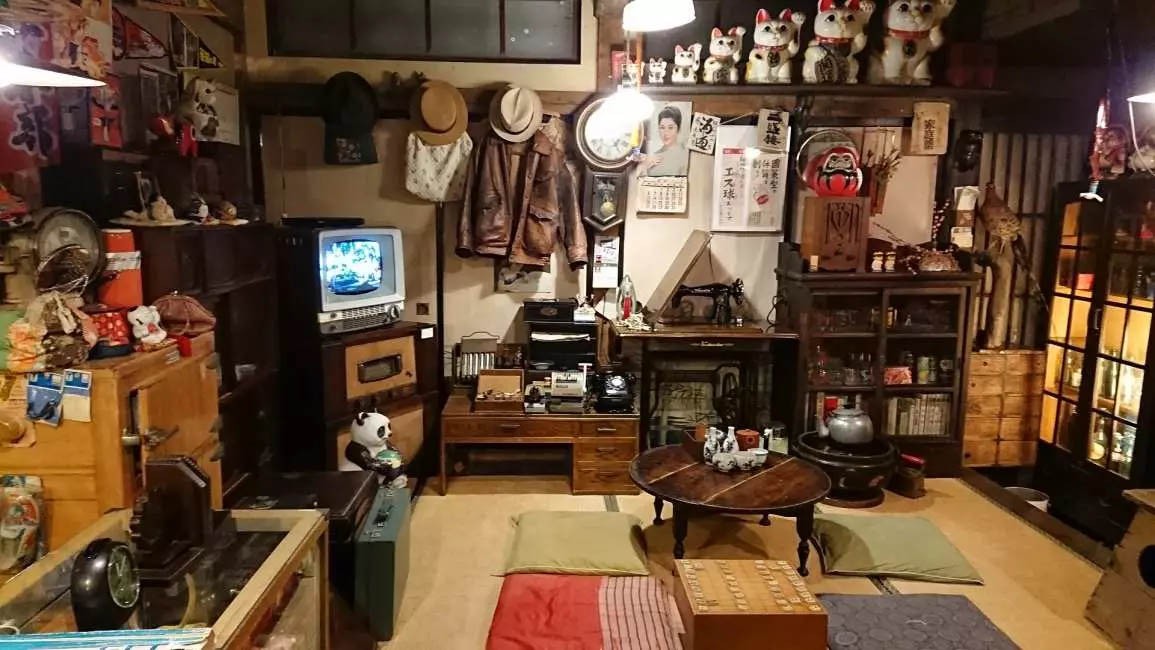
The Showa period was a time of dramatic change in Japan. The early years were marked by war, but after World War II, Japan experienced rapid economic growth. New factories were built, and mass production of goods transformed people's lives. Televisions and home appliances became common, ushering in modern conveniences. This period was pivotal in Japan's recovery from war and its establishment as an economic powerhouse, laying the foundation for contemporary Japanese society.
[kkday]👉Takayama Showakan Admission Ticket Reservation (Gifu)
Heisei Period (1989–2019)
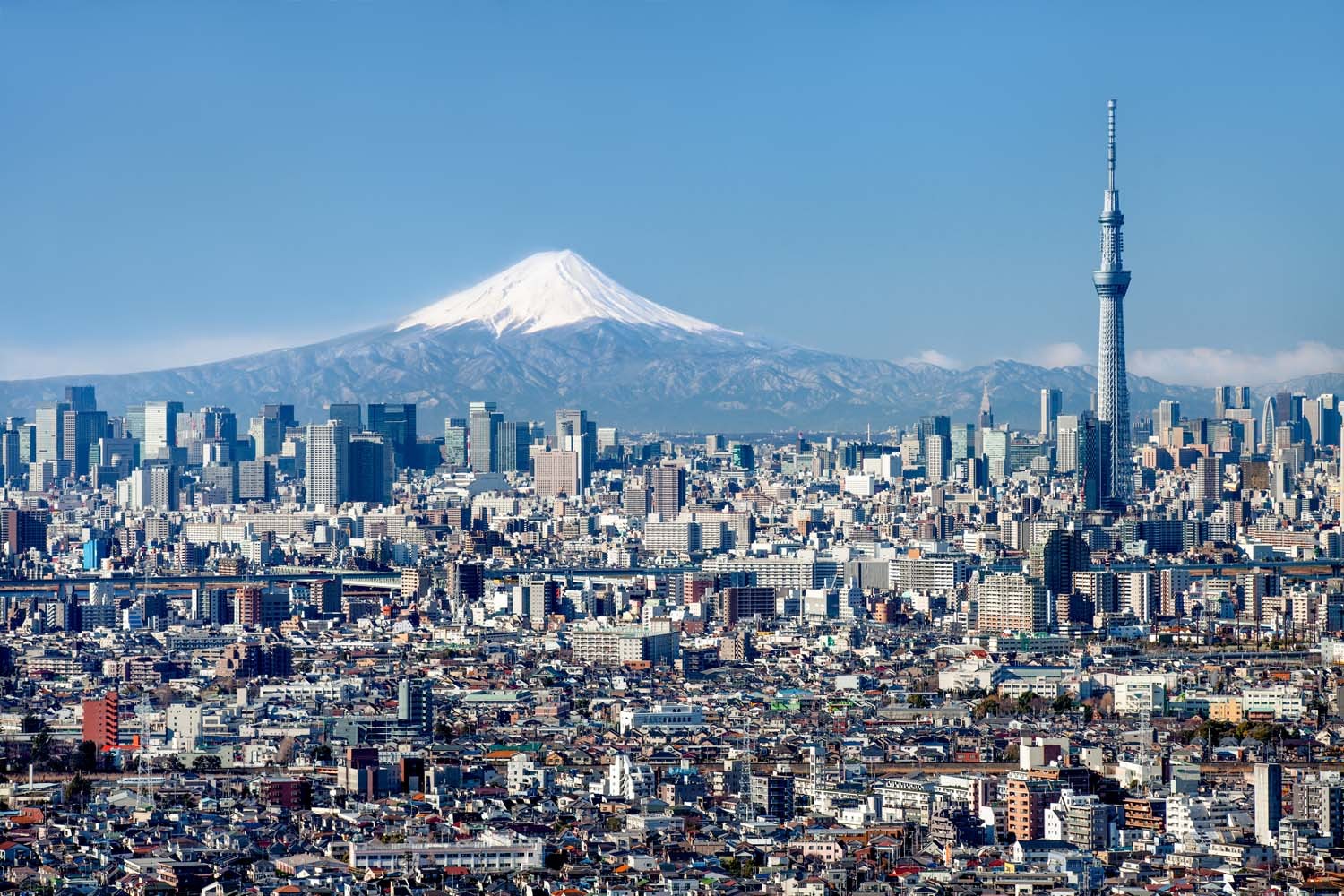
The Heisei period began amidst the end of Japan's "bubble economy," leading to a prolonged economic stagnation often called the "Lost Decade." Despite these challenges, Japanese pop culture gained global recognition during this era. Iconic franchises such as Pokémon, Hello Kitty, and Evangelion became worldwide phenomena.
Significant events included the 2002 FIFA World Cup, hosted jointly by Japan and South Korea, and the opening of the Tokyo Skytree in 2012, which was the world's tallest tower at the time.
However, the Heisei period also saw devastating natural disasters, including the Great Hanshin Earthquake in 1995 and the Great East Japan Earthquake in 2011. These events highlighted the resilience and solidarity of people worldwide.
In 2018, Emperor Akihito announced his intention to abdicate, citing health concerns. This decision led to the enactment of a special law allowing abdication, marking a historic moment in Japan.
Reiwa Period (2019–Present)
The Reiwa period began in 2019 when Emperor Akihito abdicated, and Crown Prince Naruhito ascended the throne.
Although the Tokyo 2020 Olympics were postponed due to the COVID-19 pandemic, they were successfully held in 2021 without spectators, showcasing the spirit of international cooperation and resilience.
The Reiwa era continues to be defined by rapid technological advancements, including the rollout of 5G and innovations in AI. Japan remains committed to shaping a new future and embracing ongoing challenges.
bibliography
・Timeline of Japan and Japan History (Nagoya Sword Museum) https://www.meihaku.jp/japanese-history/
・Kyushu Historical Museum Exhibition Explanation Sheet (Kyushu Historical Museum) https://kyureki.jp/wp-content/uploads/2021/03/publish_commentary_kaisetu15.pdf
・The Passage of the Ages Seen in Pictures (National Children's Archaeology Classroom) https://kids-kouko.com/2021_edemiru_jidai/
・ If you know the history, you can enjoy your trip to Japan even more! EASY-TO-UNDERSTAND EXPLANATION OF "HISTORY OF Japan" (GOOD LUCK TRIP)2023/10/8 https://www.gltjp.com/ja/article/item/20266/
・Kyushu Historical Archives Collection On-Demand (Kyushu Historical Archives) https://kyureki.jp/wp-content/uploads/2021/03/ondemand_2-1.pdf
・What kind of era is the Meiji era? (Mainichi Shimbun)2018/1/10 https://mainichi.jp/maisho/articles/20180110/kei/00s/00s/019000c
・Urbanization and Changes in People's Lives (World History Map)2019/10/14 https://sekainorekisi.com/japanese_history/%E9%83%BD%E5%B8%82%E5%8C%96%E3%81%A8%E5%9B%BD%E6%B0%91%E7%94%9F%E6%B4%BB%E3%81%AE%E5%A4%89%E5%8C%96
・Showa Era (Japan Knowledge) https://japanknowledge.com/introduction/keyword.html?i=1933
・What kind of era was "Heisei" that lasted 30 years (Nikkei Business)2017/12/22 https://business.nikkei.com/atcl/opinion/16/122000032/122100051/

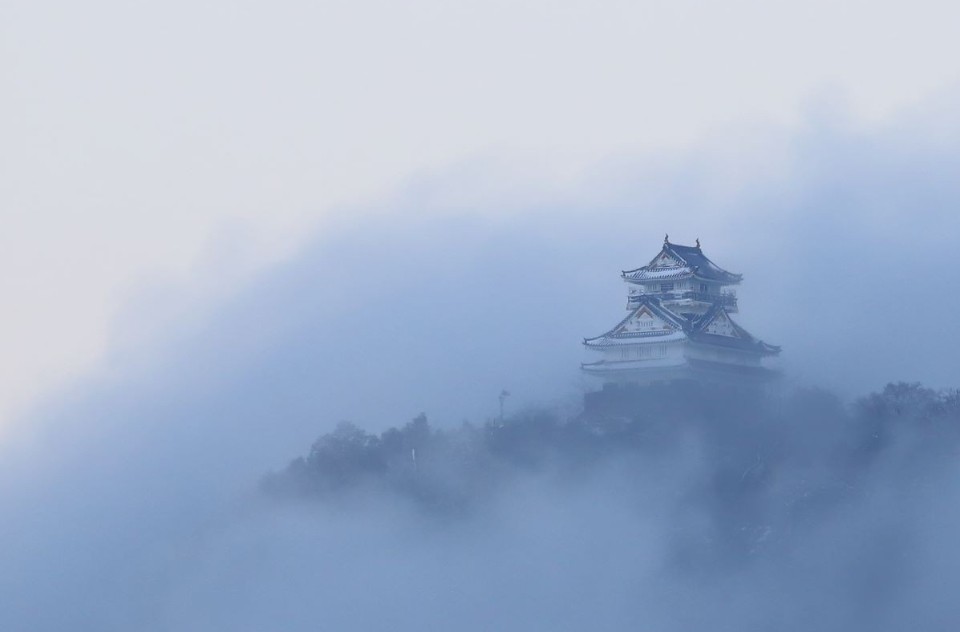
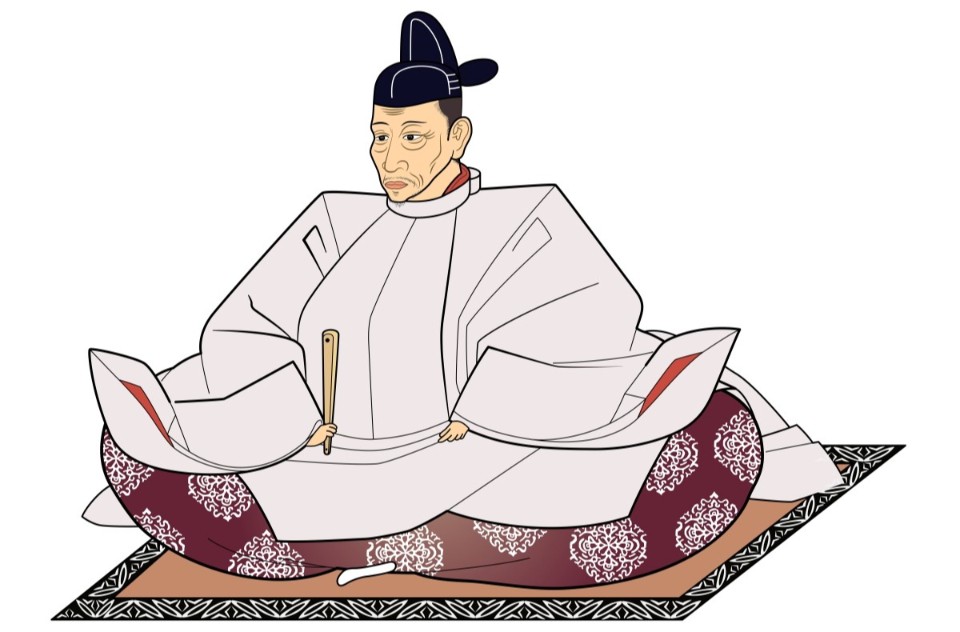
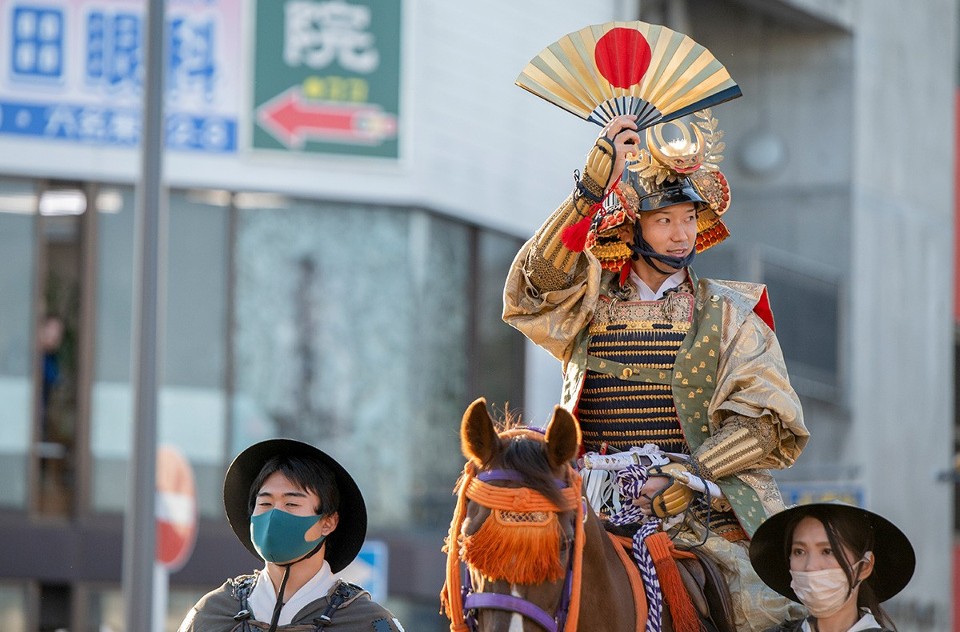
Comments